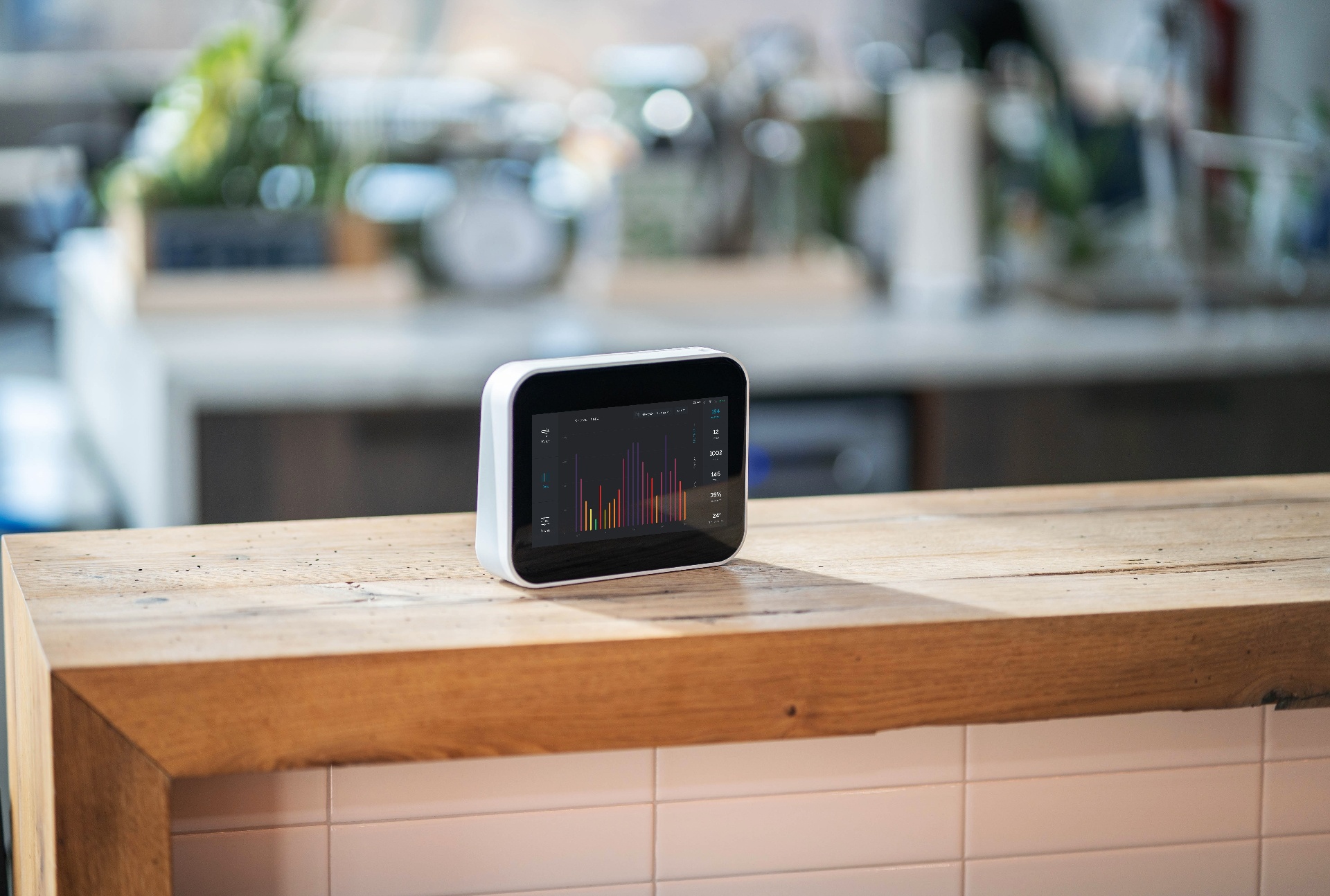Newsletter
The COVID-19 pandemic changed much of how we live and work in 2020. Uncertainty underlies many of our recent decisions. Will cases spike again? Is it safe to reopen?
While we don’t have the answers to all of our questions, we can still learn from our experiences. Crafting a pandemic plan will not only help us move forward in our current pandemic, but will also make us respond faster and more effectively for the next pandemic.
But how does indoor air quality management, as a crucial component of building occupant well-being, fit into a pandemic response plan? We would like to address this concern in this article.
What Is a Pandemic Plan?
A pandemic plan, also known as a pandemic preparedness plan or pandemic response plan, is a strategic outline of various responses at different levels of a pandemic. These responses can vary in scope, from national programs to community plans in a college dorm, but each plan will detail triggers, responses, timelines, and specific duties of each department or individual.

Pandemic plans help set up lines of communication in case a pandemic breaks out.
With each escalating level of the pandemic, the pandemic mitigation efforts implemented by your organization will also escalate. For example, we recommend checking out the CDC’s guidebook; while it may be written to address a potential flu pandemic, many of the triggers and responses will carry over to the COVID-19 pandemic.
What Role Does Indoor Air Quality Play in the COVID-19 Pandemic?
Before we add indoor air quality monitoring into our pandemic plans, we must first address why we should include it. Can paying attention to indoor air quality really make a difference during the COVID-19 pandemic? Yes, it can!
We’ve discussed how optimizing ventilation, relative humidity levels, and air filtration are good strategies for combating COVID-19 in other articles. These three strategies, while not exhaustive or comprehensive enough to fully protect against the novel coronavirus, are ways to leverage existing climate control systems during the pandemic.

Indoor air quality monitoring is what binds all of these strategies together; by monitoring key parameters like particulate matter, carbon dioxide, TVOC, and relative humidity, you can evaluate your current ventilation rate, humidity control systems, and air filtration efficiency. For example, carbon dioxide levels are negatively related to ventilation. Monitoring carbon dioxide levels and keeping them within healthy ranges indicates that ventilation levels are sufficient and unconducive to the transmission of the novel coronavirus.
Where Should I Include Indoor Air Quality Monitoring in a Pandemic Plan?
The stage you implement indoor air quality monitoring will depend on your current resources. Suppose you already have a comprehensive commercial air quality monitoring system in place. In that case, you should implement indoor air quality monitoring during the lowest stage of the pandemic alongside a combination of the strategies we mentioned above.
If your indoor air quality monitoring system needs upgrades, or you don’t have an indoor air quality monitoring system, then you will need to take care of this before implementing it in your pandemic response plan. For additional resources on choosing a monitor, we recommend you check out our article: Commercial Air Quality Monitors: What To Look For?
We hope you found this information helpful! For an in-depth look at indoor air quality strategies for tackling COVID-19, read more below:






.png?width=200&height=148&name=Menu%20C%20(2).png)

.png?width=307&height=228&name=Menu%20-%20D%20(1).png)
.png)





